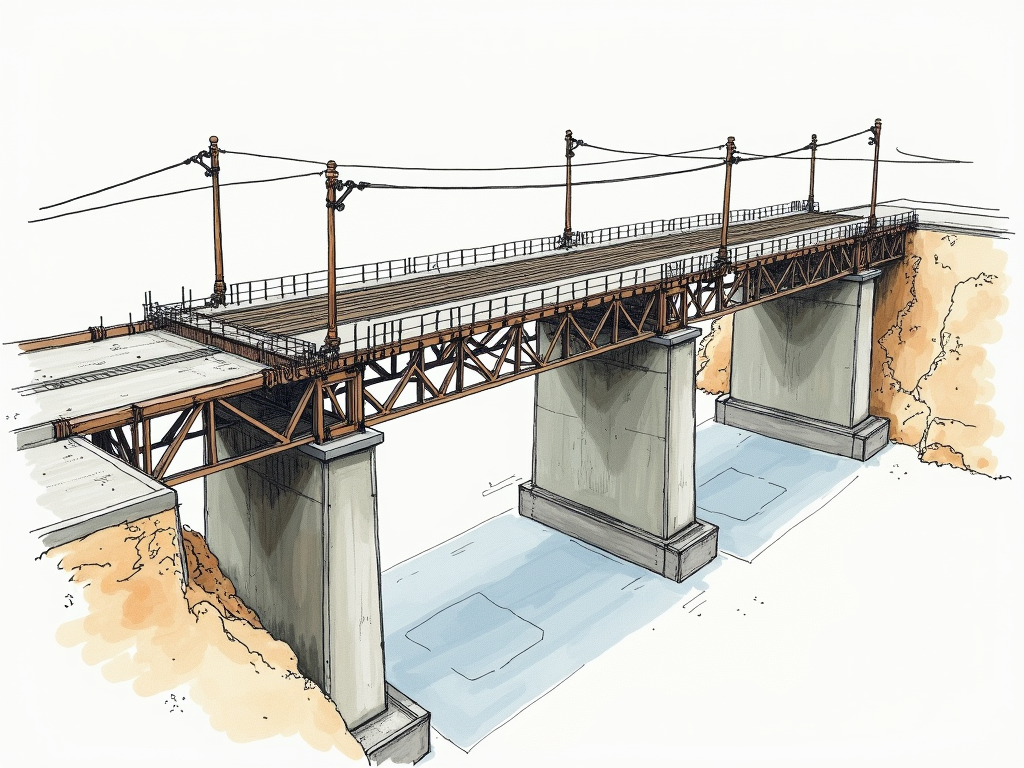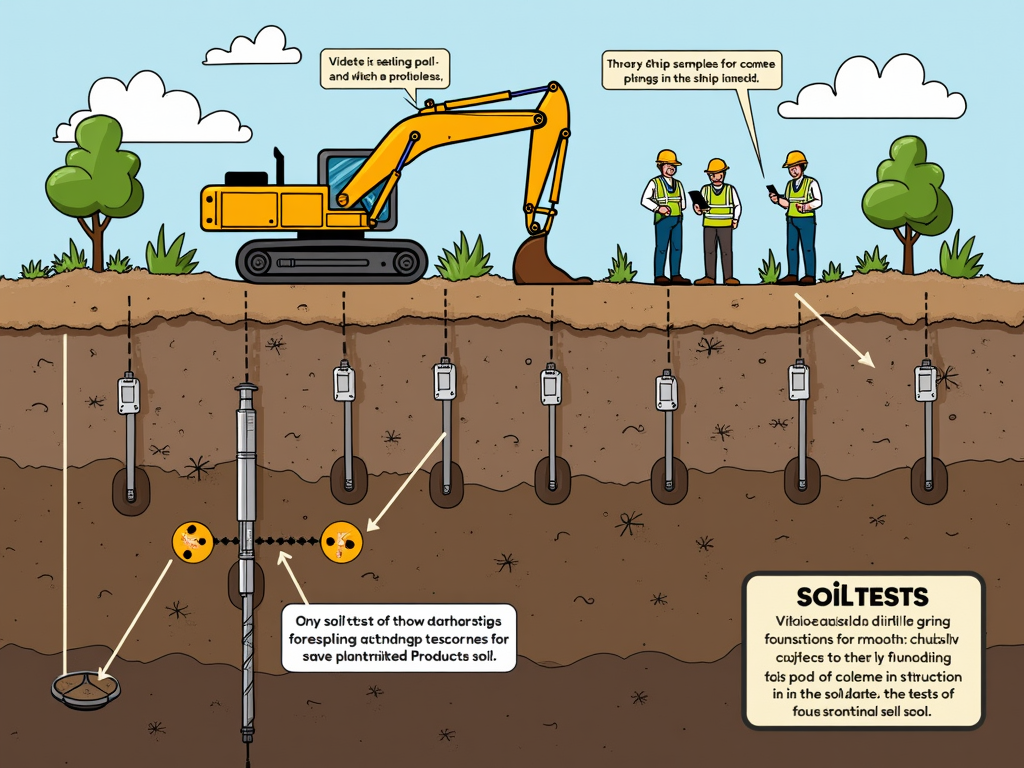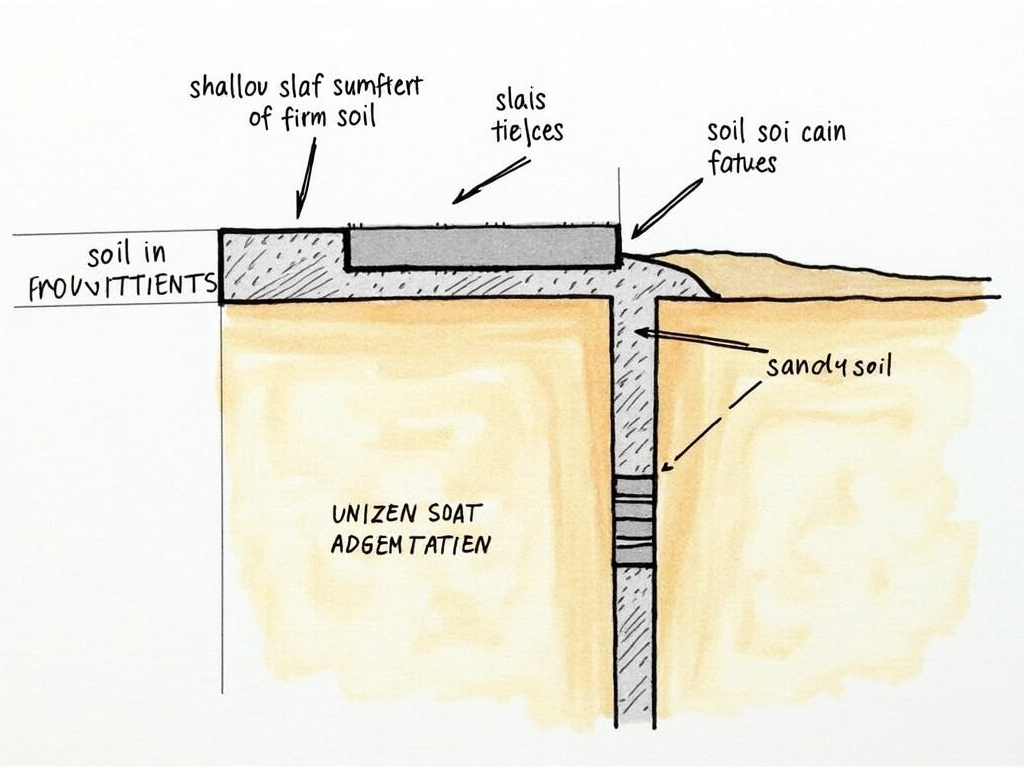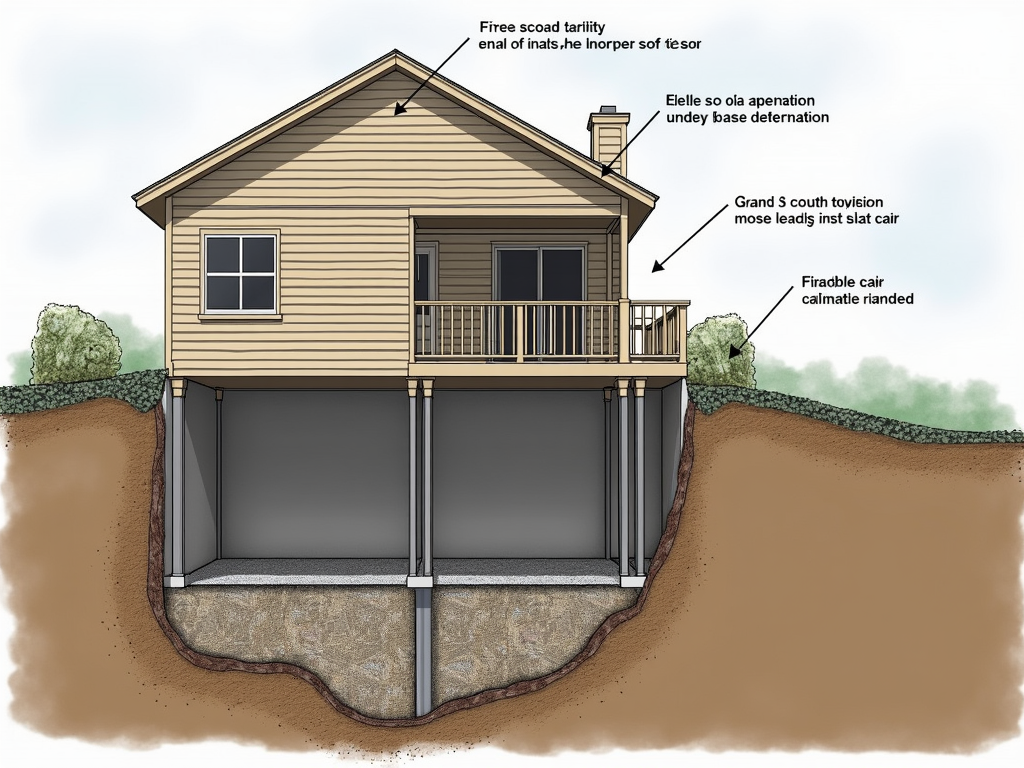Understanding the Mechanics of Structures and Their Applications
Structures shape our world, from towering skyscrapers to sturdy bridges. The mechanics of structures and their applications ensure these creations stand strong against forces like wind and earthquakes. This article explores soil mechanics and foundation design, revealing how they work together to keep buildings safe and stable.
What Are the Mechanics of Structures?
The mechanics of structures is all about understanding how buildings, bridges, and other constructions handle forces. Engineers study how these structures bend, stretch, or even break under weight, weather, or seismic shakes. It’s a mix of physics and math that keeps our world upright.
Think of a bridge swaying in the wind. Engineers calculate how much it can move before it’s unsafe. They choose materials and shapes to make it strong yet flexible. This knowledge stops disasters and keeps people safe every day.

Structures don’t just sit in the air—they rest on the ground. That’s where soil mechanics comes in. It’s the study of how soil behaves under pressure. Soil might seem simple, but it’s tricky. Some types hold weight well; others shift or sink. Engineers need to know this to build safely.
For example, sandy soil drains water fast but can erode. Clay holds water and swells, which might crack a building. By testing soil, engineers figure out how it will act and plan accordingly.
Soil Mechanics: The Ground Beneath Us
Soil mechanics digs deeper into how dirt supports structures. It looks at strength, how much soil can compress, and how water moves through it. This matters because every building needs a solid base. If the soil fails, the structure above it can too.
I once worked on a project where the soil was soft clay. We found it expanded when wet, pushing the foundation up. By studying it, we avoided big problems and kept the building steady.

Foundation Design: The Base of It All
Foundation design turns soil mechanics into action. It’s about building a base that carries a structure’s weight and passes it safely to the ground. The right foundation depends on the building, its load, and the soil underneath.
There are two big types: shallow and deep. Shallow foundations, like slabs, work on strong soil close to the surface. Deep ones, like piles, reach down to solid layers when the topsoil is weak.
Take a house on rocky ground—it might only need a shallow foundation. But a skyscraper on loose sand? That’s a job for deep piles driven far below. Picking the right type stops sinking or tilting, keeping everything level and safe.
Here’s a quick look at foundation types:
| Type | Best For | Pros |
|---|---|---|
| Shallow (Slab) | Firm soil near surface | Fast, cost-effective |
| Deep (Piles) | Weak upper soil | Reaches stable layers |
This table shows why soil matters so much in design.

My Experience in the Field
I’ve seen these ideas play out firsthand. On one job, we built a warehouse on mixed soil—sand in some spots, clay in others. Testing showed the clay could shift, so we used deep piles in those areas and shallow slabs where the sand was firm. It was a puzzle, but solving it saved time and money.
That project taught me how vital soil testing is. Without it, we’d have guessed wrong and risked cracks or worse. Real data beats assumptions every time.
Foundation design isn’t just about soil type. You also need to think about:
- Weight: How heavy is the building? More weight needs a stronger base.
- Settlement: Will the ground sink evenly? Uneven drops can tilt walls.
- Water: Does groundwater weaken the soil? Drains can help.
- Shaking: In earthquake zones, foundations need extra grip.
Nailing these details keeps structures standing tall.

Why This Matters
The mechanics of structures and their applications tie everything together. Soil mechanics tells us what the ground can handle. Foundation design builds on that to support the structure. Together, they make sure our homes, offices, and bridges don’t fall.
I’ve learned that no two sites are the same. Each one needs its own plan, based on real tests and smart thinking. That’s what makes this field exciting—it’s always a new challenge.
Wrapping It Up
From skyscrapers to small homes, the mechanics of structures keeps our world stable. Soil mechanics and foundation design are the unsung heroes, holding it all up. By understanding these ideas, engineers create buildings that last, no matter what nature throws at them.





